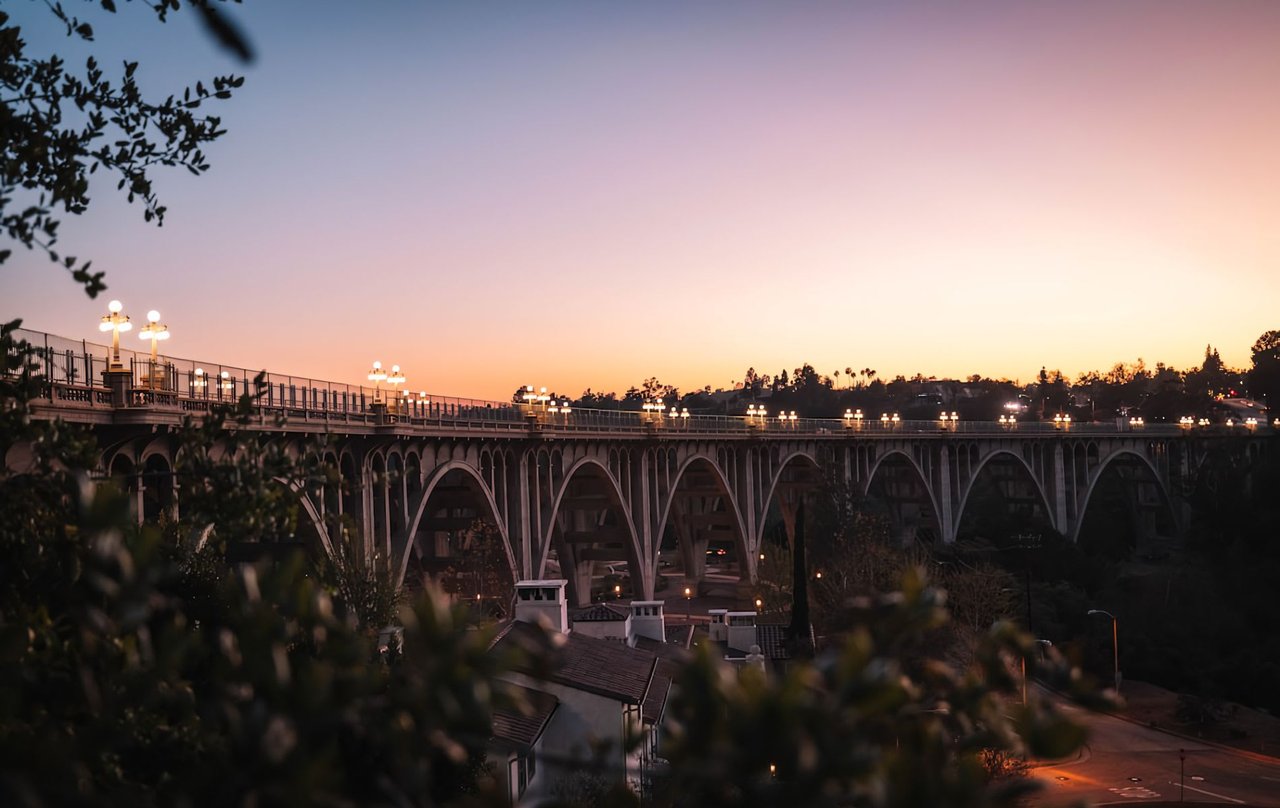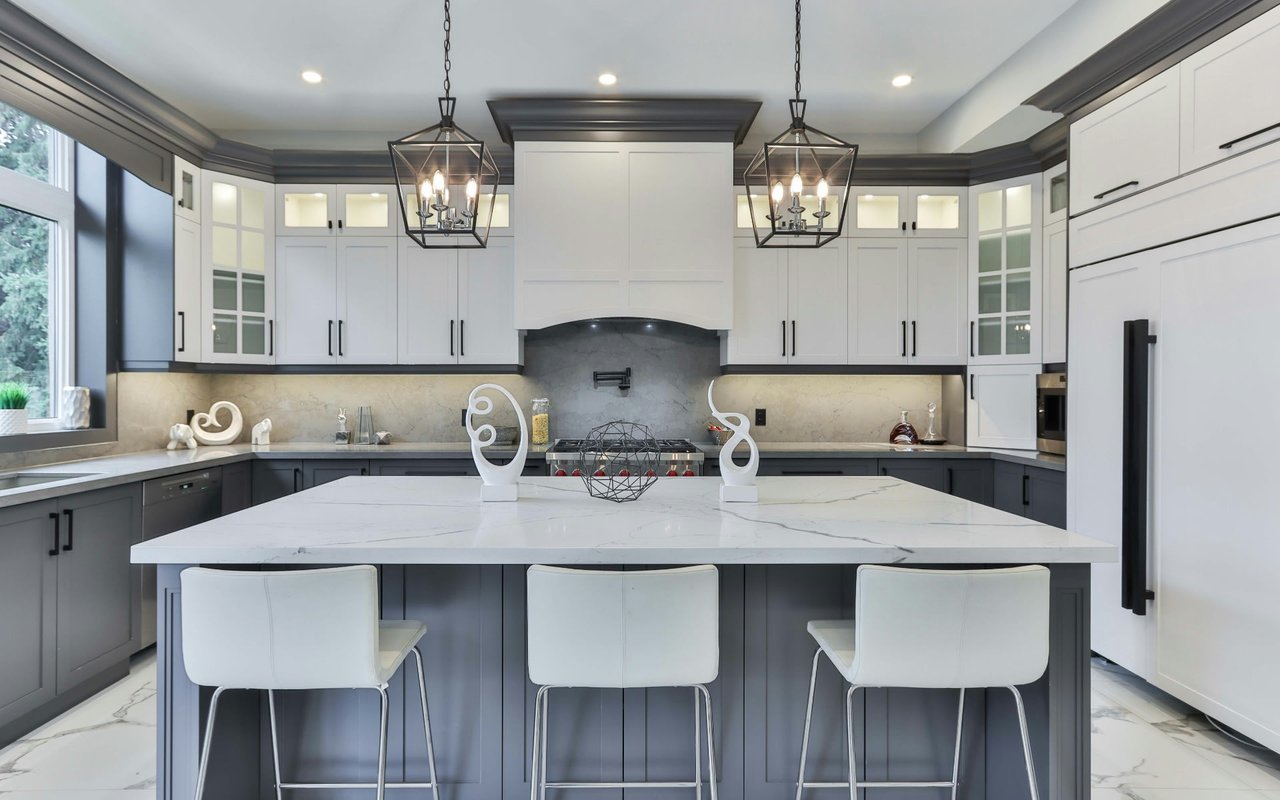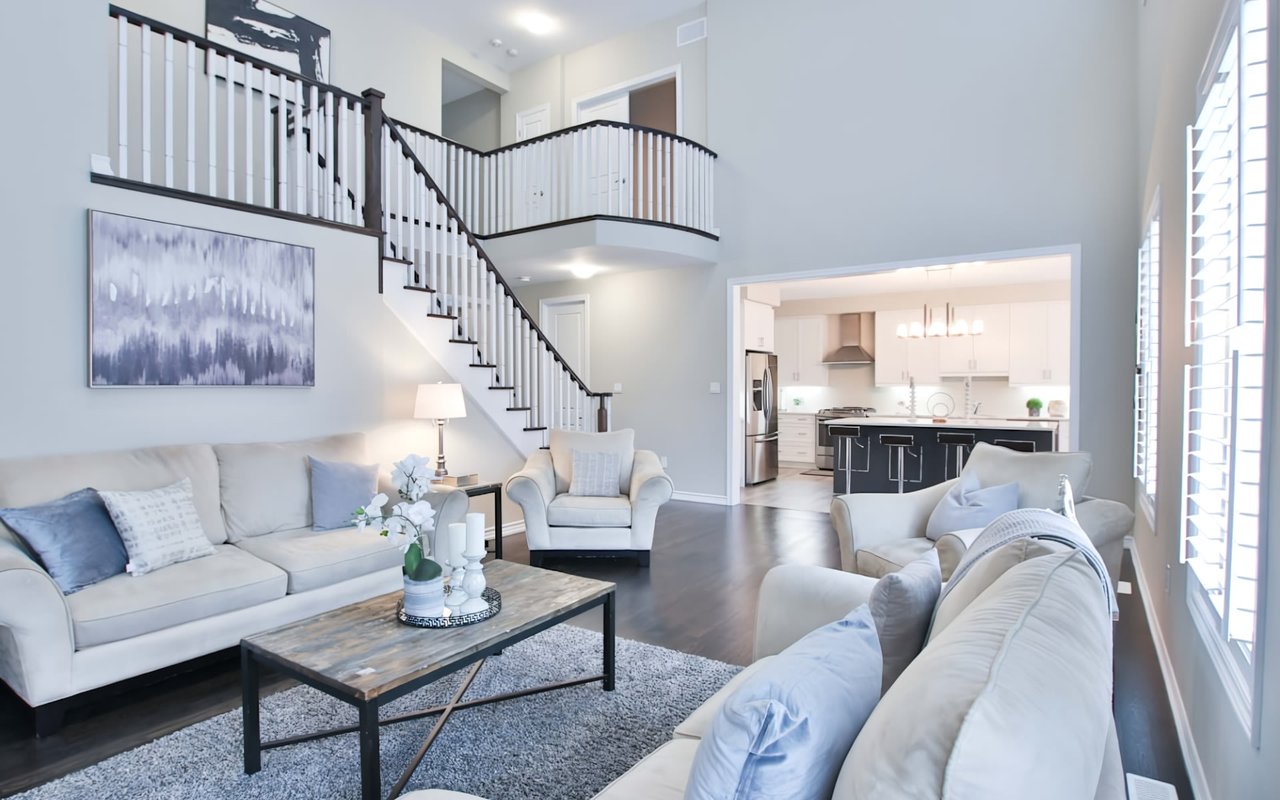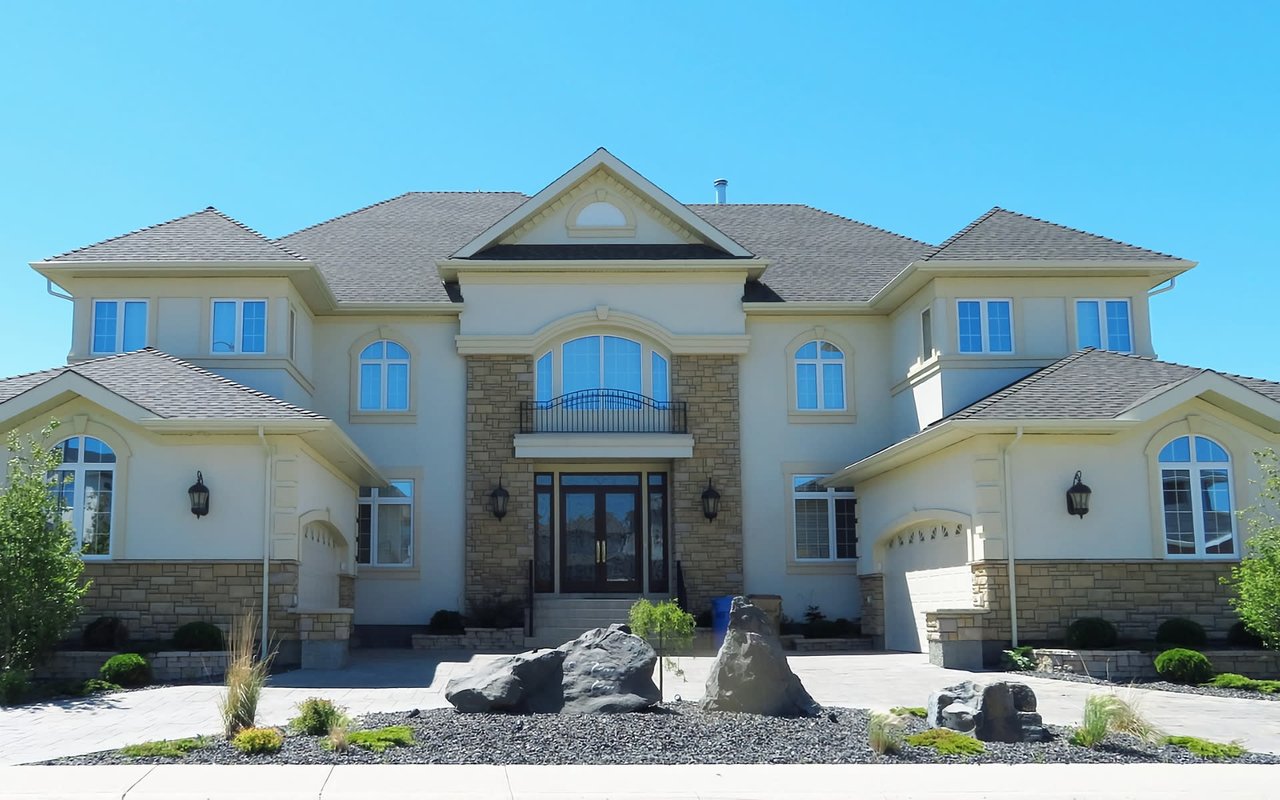In the heart of Southern California lies Pasadena, a city renowned not only for its natural beauty but also for the architectural wonders that grace its landscape. From historic landmarks that echo the elegance of a bygone era to modern marvels pushing the boundaries of design, Pasadena's architectural tapestry is a testament to the city's rich history and commitment to embracing innovation. Read on for a captivating journey through the streets of Pasadena to explore the architectural landmarks that define this Southern California gem.
The Gamble House
Tucked away in a leafy enclave near Brookside Park, The Gamble House stands as an iconic representation of Craftsman architecture. Designed by brothers Charles and Henry Greene in 1908, this National Historic Landmark exudes an unparalleled sense of craftsmanship and artistry. From its exposed beams to the meticulously crafted wooden furniture, The Gamble House showcases the essence of the Arts and Crafts movement, creating a harmonious blend of nature and design. Visitors can step back in time as they explore the house's intricately detailed rooms, Japanese-inspired elements, and serene gardens. The Gamble House is not merely a structure; it's a living testament to Pasadena's commitment to preserving its architectural story.
The Colorado Street Bridge
Spanning across the Arroyo Seco at Lower Arroyo Park, the Colorado Street Bridge is a masterpiece of Beaux-Arts design that has stood as an iconic symbol of Pasadena since its completion in 1912. Engineering firm Waddell & Harrington envisioned a structure that seamlessly integrated form and function. The result is a 1,468-foot bridge that spans the picturesque river and serves as a visual feast with its majestic arches, ornate railings, and sweeping views of the San Gabriel Mountains. Over the years, the Colorado Street Bridge has been a focal point for both locals and visitors, capturing the imagination with its graceful grandeur and historical significance.
Rose Bowl Stadium
Beyond its fame as a premier venue for college football and the annual Rose Bowl Game, the beloved Rose Bowl Stadium is an architectural marvel that commands attention. Designed by acclaimed architect Myron Hunt and opened in 1922, the stadium boasts a distinctive horseshoe shape and iconic arched entrances.
The Rose Bowl Stadium's architectural significance extends beyond its role as a sports arena; it has been a backdrop for major events, including the 1984 Olympic soccer matches and numerous concerts, and has received historic designation as a National Historic Landmark. The surrounding Brookside Park provides a picturesque setting, making the Rose Bowl Stadium not only a sports hub but also an architectural landmark that reflects Pasadena's commitment to blending functionality with aesthetic splendor.
Pasadena City Hall
Pasadena City Hall stands as a testament to the city's commitment to architectural excellence and civic pride. Designed by architects John Bakewell and Arthur Brown, the Beaux-Arts masterpiece was completed in 1927 and has since become an iconic symbol of Pasadena's municipal identity.
The building's grandeur is evident in its intricate details, including ornate façades, a stunning dome and lantern, and lush courtyards. Visitors can explore the interior adorned with murals, Spanish tilework, and an awe-inspiring staircase. Pasadena City Hall's architectural elegance serves as a backdrop for civic functions, community events, and even film and television productions, showcasing the enduring allure of Beaux-Arts design in the heart of the city.
Norton Simon Museum
For aficionados of modernist architecture, the H-shaped Norton Simon Museum stands as a beacon of artistic and architectural brilliance. Originally designed by architects Ladd & Kelsey in 1969 and later renovated by Frank Gehry and Craig Ellwood, the museum features a curved exterior and bright skylights, seamlessly combining modernist principles with a welcoming aesthetic. The Norton Simon Museum not only houses an extensive collection of European and Asian art, but the reflective pools and sculptures in the courtyard create an ambiance of tranquility, inviting visitors to experience art in a thoughtfully designed space.
The Huntington Library, Art Museum, and Botanical Gardens
Located on the former estate of railroad magnate Henry E. Huntington, this sprawling complex is a haven that harmoniously blends architecture, art, and nature. The Beaux-Arts-style Huntington residence, designed by architect Myron Hunt, is the focal point, surrounded by pristine gardens and world-class museums. The architecture of the Huntington complex reflects a commitment to preserving historical charm while providing a space for intellectual and artistic exploration.
La Casita Del Arroyo
Nestled in Lower Arroyo Park, La Casita Del Arroyo is a shining example of Spanish Revival architecture and community spirit. Originally designed by noted architect Myron Hunt in 1933, this charming community center reflects the timeless allure of Mediterranean-inspired design. Surrounded by picturesque gardens and nestled along the banks of the Arroyo Seco, La Casita Del Arroyo features a terracotta roof, arched doorways, and decorative tiles.
Beyond its architectural splendor, La Casita Del Arroyo plays a pivotal role in fostering community connections. The center hosts a variety of events, from weddings to art exhibits. The architecture of La Casita Del Arroyo, with its intimate courtyards and welcoming ambiance, serves as a reminder of Pasadena's dedication to preserving historical charm while providing a gathering place for the community.
Pasadena's architectural landmarks are not mere structures; they are chapters in the city's rich narrative, reflecting its evolution, aspirations, and appreciation for design. If you’re impressed by Pasadena’s architectural gems and want to find a place of your own in this beautiful city, consult
Garrett Chan, a trusted local Broker Associate with Compass.










